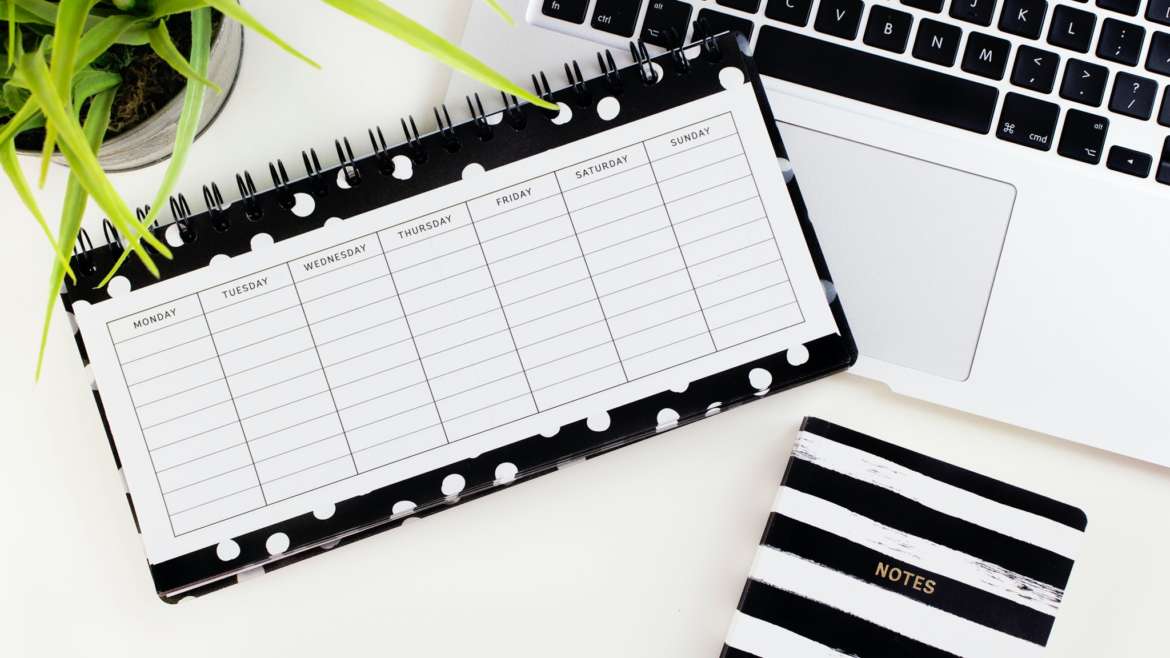Schedules and ABA
In this blog, we will discuss schedules, how we use them in ABA, and how they can benefit you- the behavior therapist or parent. As ABA therapists, we work with clients that are on the autism spectrum. One thing that we can provide as an added sense of structure and expectations are schedules. We use many different kinds of schedules with our clients and these schedules are something that the parent can carry over in the home as well. Schedules help clients see what their day will look like, create daily expectations, and provide the structure they often crave.
Here are some different types of schedules:
Picture Schedules
These schedules are generally made up of two columns- The first column is “To Do” the second column is “Done”. An adult (staff or parent) lines up activities in the order to be done in the first “To Do” column. This schedule can be the schedule for a whole day or a simple schedule for part of the day, such as an “ADL Schedule” with only ADL tasks in the “To Do” column. This schedule is useful for clients that need a picture to represent the activity, usually because they may not be able to read words.
Word/List Schedules
Looks exactly like the Picture schedule, except has words as opposed to pictures. This schedule is helpful for clients who are able to read and do not need a picture representation of each activity to know what to do.
Picture and Word Schedules Combined
This is a combination of the above two schedules. It is helpful to use with clients who know what the activity is based off the pictures, but we want them to start reading and associating the specific words with each picture.
Digital Schedules
These schedules are very helpful, especially in today’s remote teaching world. You can control them and use them on a device such as an iPad, tablet, computer, or even your phone on the go. A few apps that are easy to download and use are Kids ToDo List, Visual Schedule, Choiceworks and Daily Check.
First/Then Boards
First then boards aren’t necessarily a schedule, but they are a piece of your existing schedule. The first column says “First” and the second column says “Then”. Under “First” you put the first activity and under “Then” you put what they get to do after they complete that activity. For example, “First work” “Then break”. Clients who perseverate on certain activities or repeat what they’re doing next a lot benefit from these boards. Instead of constantly trying to redirect the client verbally, you can simply show them their first/then board, so they can visually see what is coming next or what they are earning after they complete the first activity
In my video web class, I will show examples of these types of schedules and I will answer any questions you may have.
YOUR INITIAL ABA SERVICES CONSULTATION IS COMPLIMENTARY.
We would love to talk to you about ABA services over the phone or take you on a tour of one of our ‘Ready for Life’ centers. Above all our care professionals will take the time to answer your questions about ABA therapy and offer any support we can provide.
Call: 617 402 5444




